Our introduction to England came when friendly little communities welcomed us into West Sussex village life amid the beautiful backdrop of the South Downs.
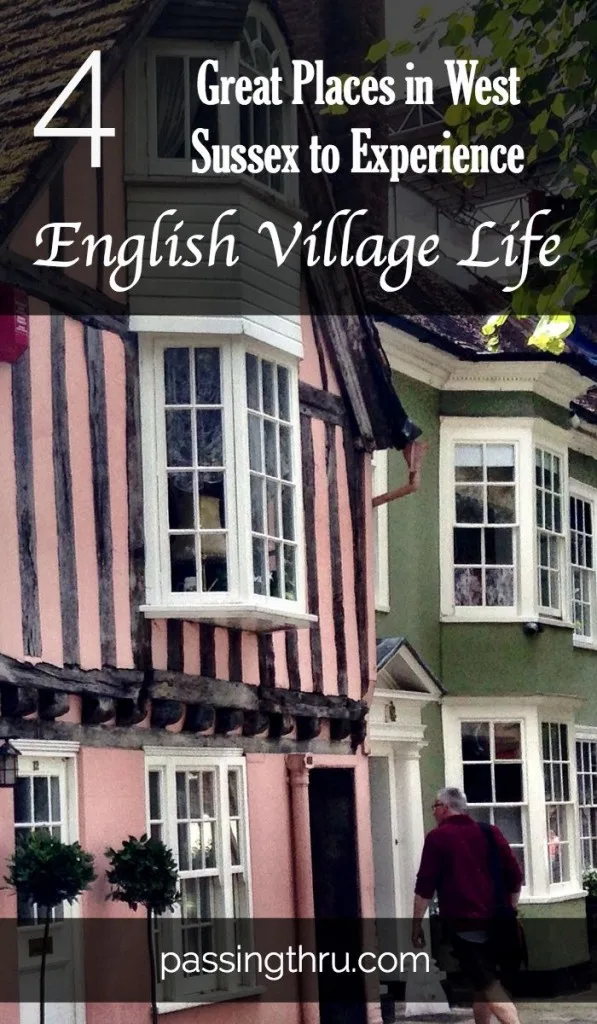
If you’ve read English literature, you’ve imagined yourself in an English village. Perhaps your mind’s eye places you in Kent along with Pip in Great Expectations, or as a Brontë character in Yorkshire. Maybe you think of Hawkshead or Hampshire, in a Jane Austen or Beatrix Potter kind of way. Whatever your associations, we’re betting West Sussex village life would probably not be the first location that enters your head. It certainly wasn’t ours.
The village of Ashington and several neighboring communities near South Downs National Park gave us our first taste of England. We couldn’t have been welcomed more heartily into a scenic world where legendary history is layered in and around daily living. And now, West Sussex village life is the standard we’ll use in the future when our travels have us returning to Old Brittania.
This article contains affiliate links and/or references to our advertisers. We may receive compensation when you click on or make a purchase using these links.
Table of Contents
For more information, check out Things to Do in the South Downs.
The island of Britain lies virtually at the end of the world, towards the west and northwest. . . It is ornamented with twenty-eight cities and a number of castles, and well equipped with fortifications – walls, castellated towers, gates and houses, whose sturdily built roofs reared menacingly skyward.
Gildas The ruin of Britain (c540; 19 trans.), History in Quotations – M.J. Cohen and John Major
For places to base your stay in the South Downs, book through our interactive map:
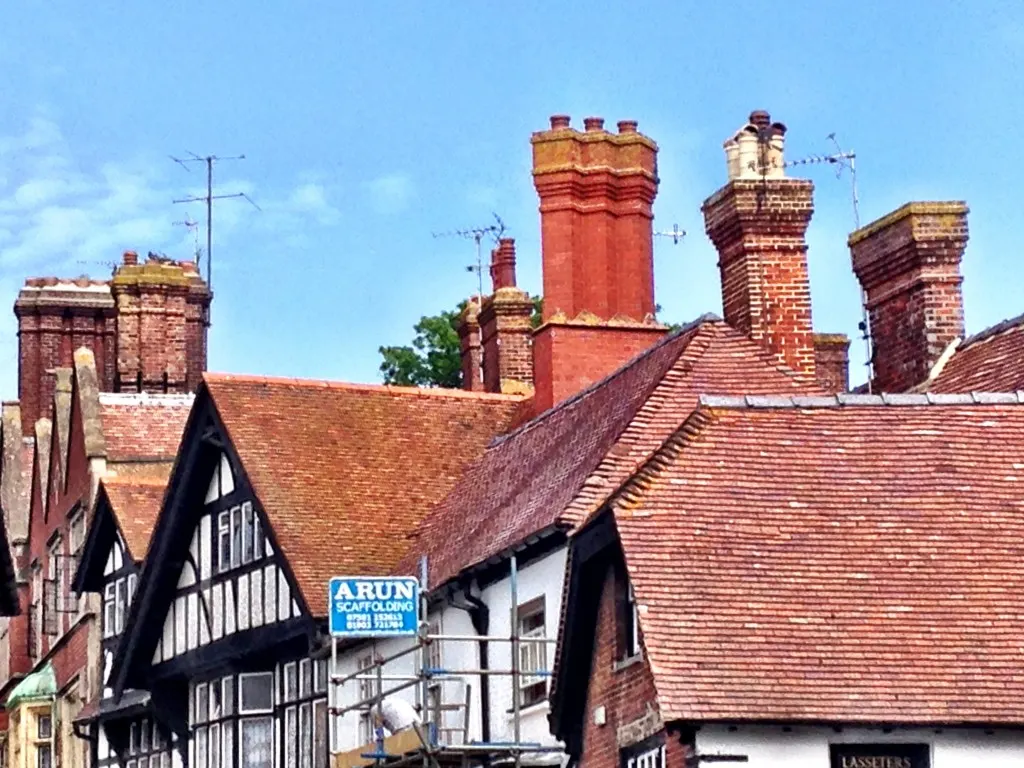
Ashington – Typical Small Village in West Sussex
Ashington, where we came to house sit for two lovely elderly Labrador retrievers, is a quiet little community of about 1000 households. It lies off what used to be a drover’s path between the seaside city of Worthing and the market town of Horsham. The drover’s path is now the A24 carriageway (that’s a highway if you’re a Yank). In many respects, Ashington is typical of West Sussex village life, or village life in general in the United Kingdom. There’s a smallish grocer, several restaurants, an Indian curry takeaway, a pharmacy, a church dating at least from the 13th century, and a pub called the Red Lion, which is the most popular pub name in all of England.
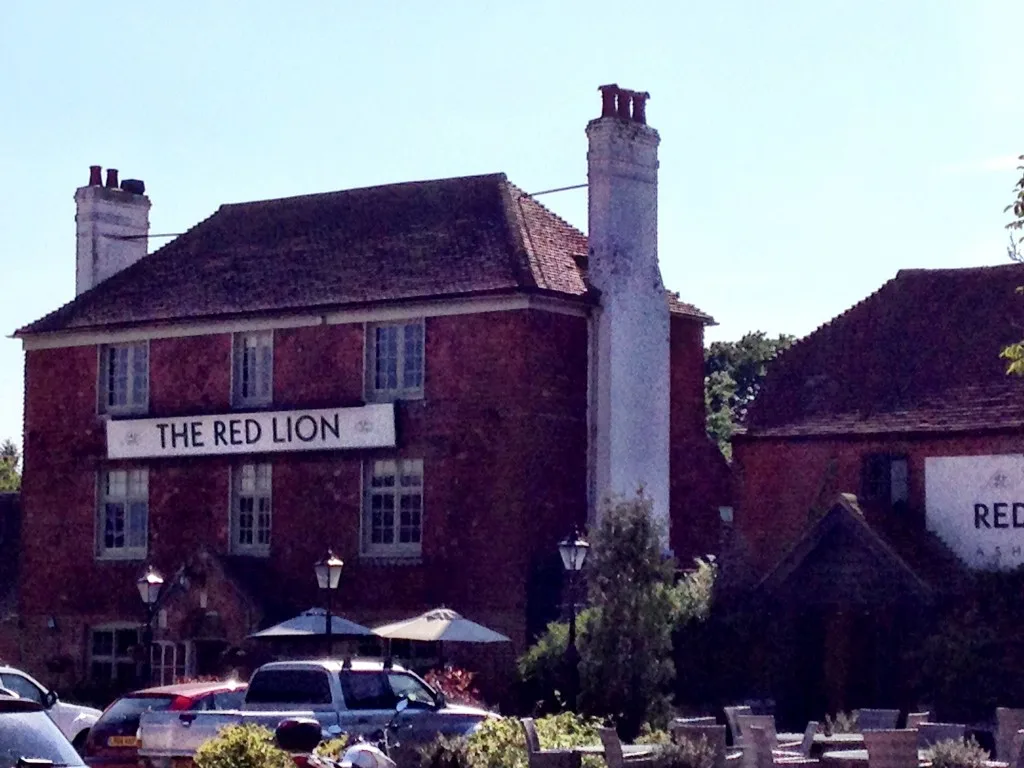
Stereotypically, we wondered how we would suffer pub fare in Britain. Fret no more on what you’ve heard about English food! Ashington Red Lion’s menu isn’t atypical – you can choose from box-baked Camembert or deep-fried Brie, a fisherman’s platter with sloe-gin smoked salmon and shellfish, Italian antipasto boards, smoked chicken liver parfait with brioche and chutney, you get the picture. Walking to the pub served to whet the appetite.
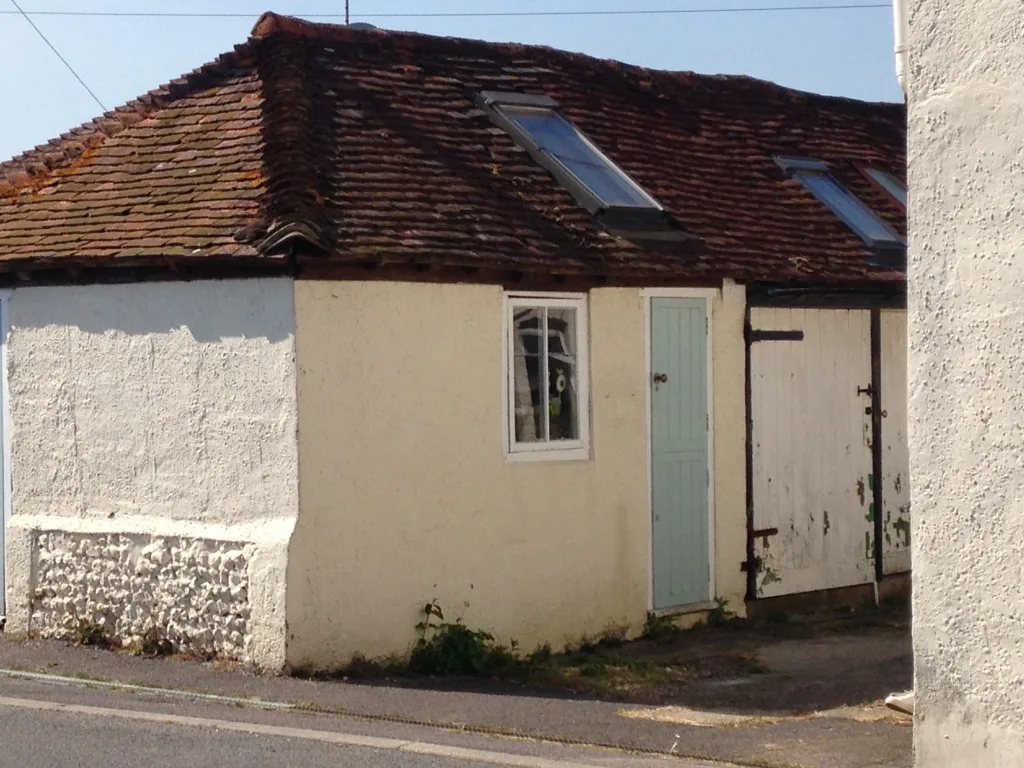
If there was just drinking to be done, we scuttled along the bridle path adjacent to the church close (a sort of cul-de-sac) around to the Ashington Social Club. Club members had kindly waived the usual £5 membership fee for out-of-towners. This was either due to our relationship with Archie, the yellow Lab for whom we were responsible, or the fact that we’re technically homeless. Archie gets on quite nicely all by himself, it would appear. Ambling into either Pub or Social Club on solitary walkabout, he is sufficiently well-known in the village to snag a ride home when he’s had enough. Dogs are welcome just about everywhere in England and we think that’s swell.


Storrington – My Personal Favorite and the Gateway to the South Downs
Close by Ashington is Storrington, a slightly larger and definitely busier village at the top end of the South Downs boundary. This area is rich in history, part of a large Anglo-Saxon estate awarded by William the Conqueror to a trusted friend. But long before that, Bronze and Iron Age inhabitants made their home on a hilltop between the two. Chanctonbury Ring, the site of their fort along the Washington ridge was abandoned during the Roman invasion, and later made a temple. In 1588, beacons were sited along the Chanctonbury Ring to warn of the coming Spanish Armada. Nowadays, it is said to be haunted.
The Romans therefore informed our country that they could not go on being bothered with such troublesome expeditions. . . Rather, the British should stand alone, get used to arms, fight bravely, and defend with all their powers . . . their life and liberty.
– Gildas (c.540; 1978 trans), History in Quotations – M.J. Cohen and John Major
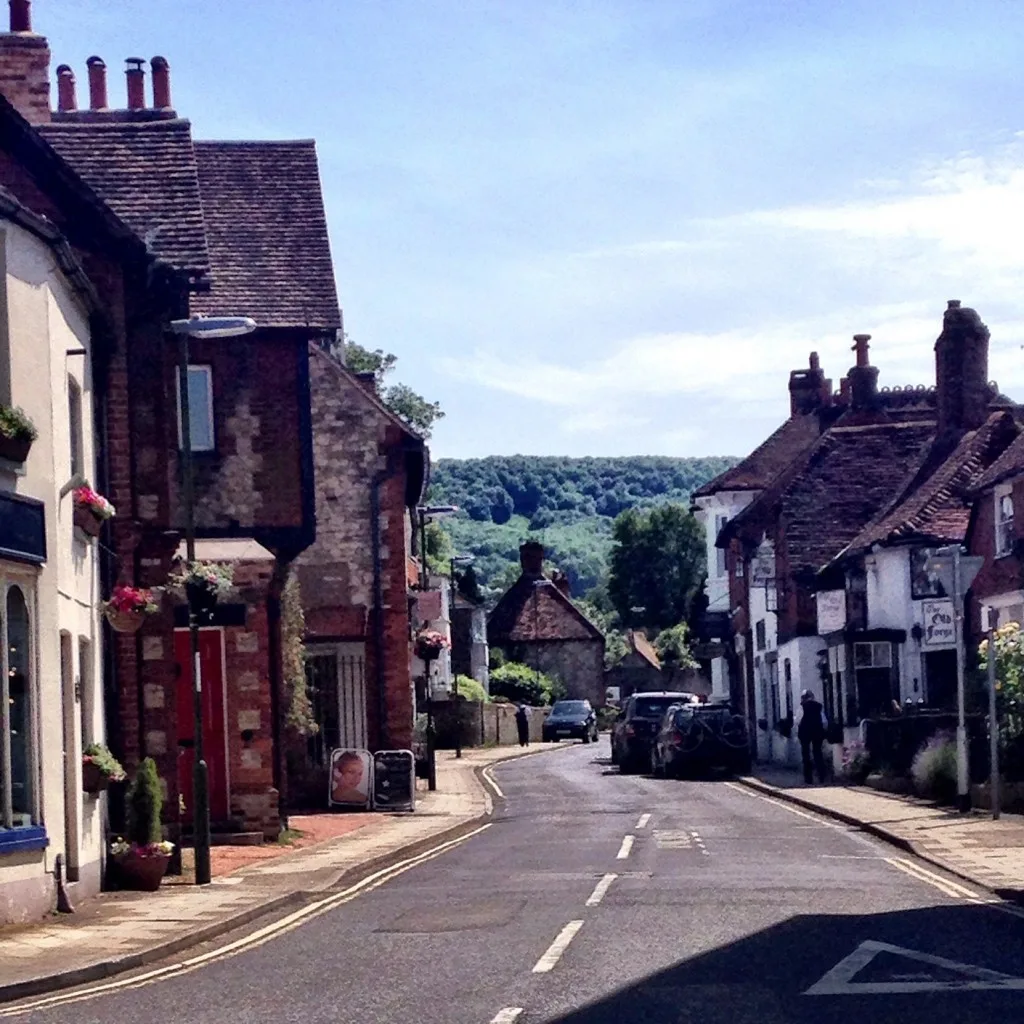
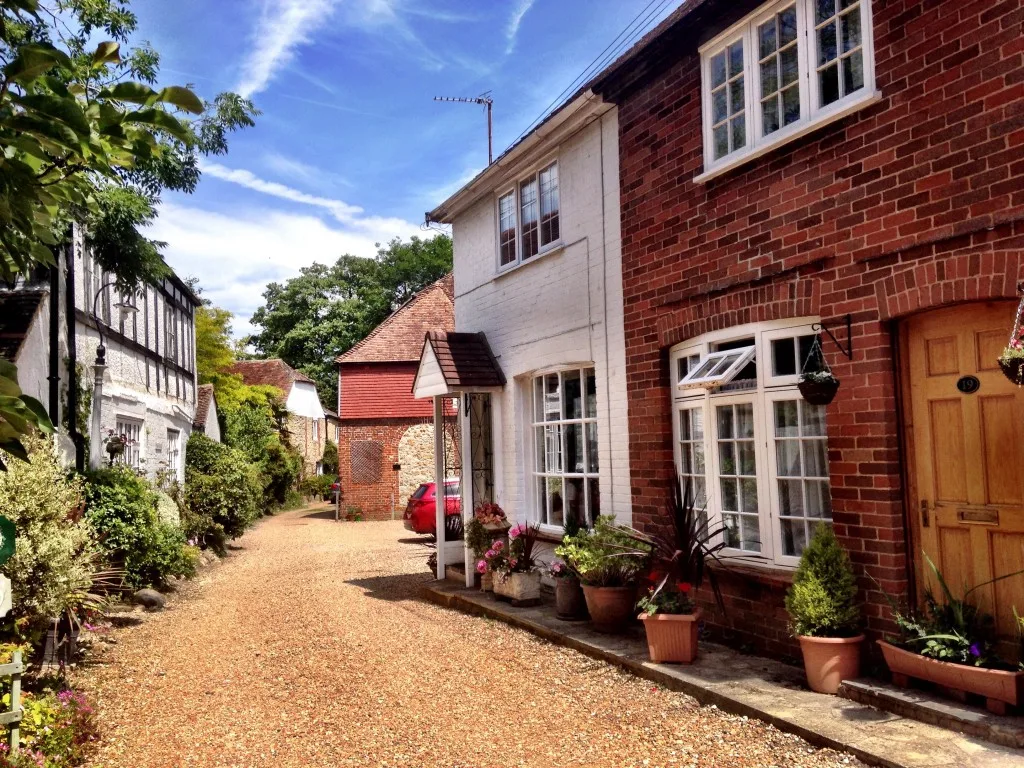
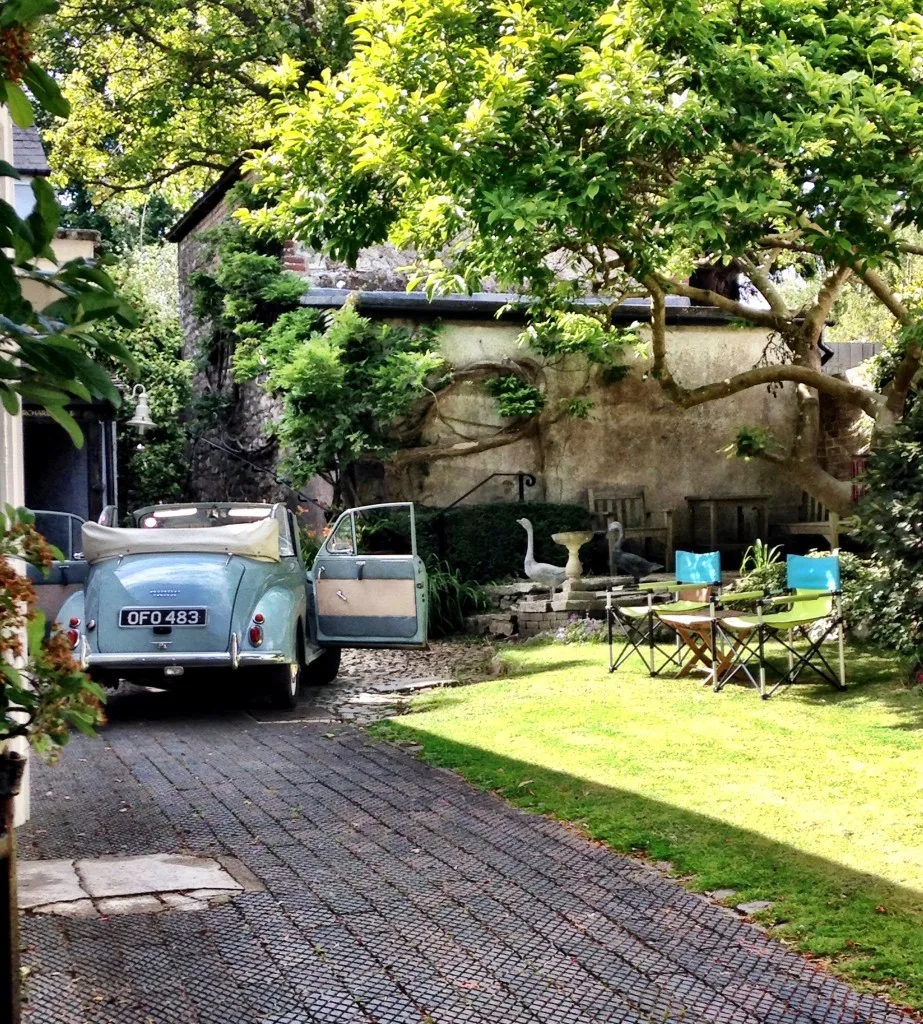
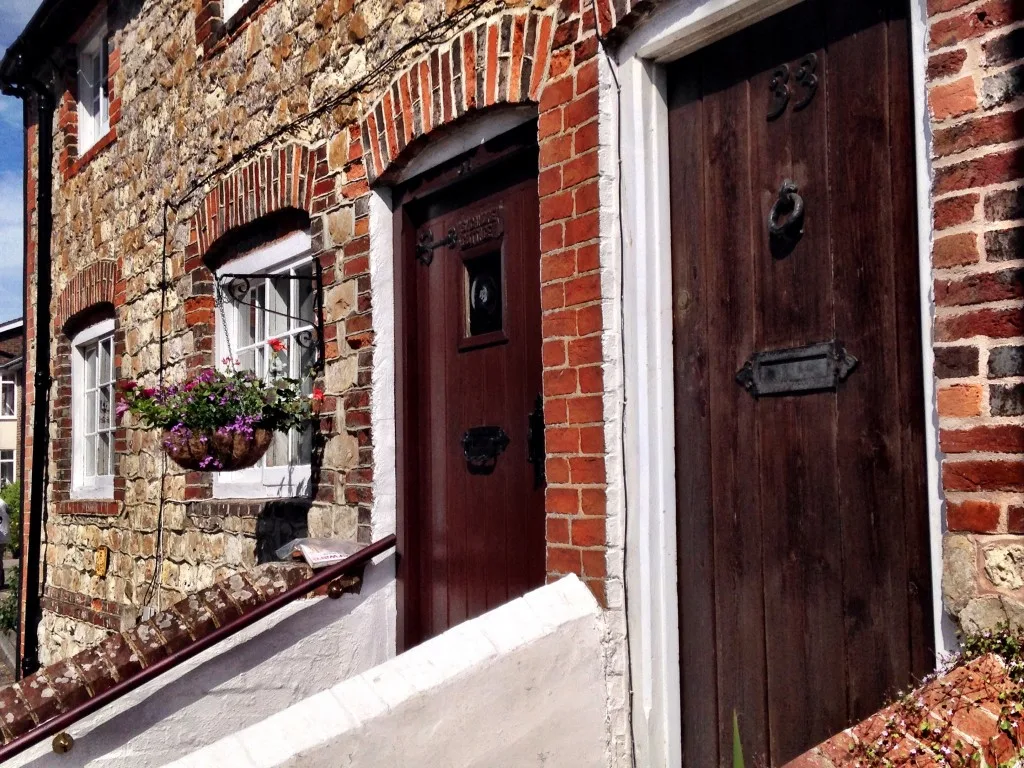
Just outside Storrington is Parham House, an estate which is the site of the Sussex Country Fair. This is a weekend long event celebrating country life with exhibits, traditional music, vintage farm displays, shooting sports and working dog challenges.
Arundel – With a Castle Holding that Dates from William the Conqueror
Further afield within the South Downs proper is Arundel. With its own connection to William the Conqueror, it is dominated by Arundel Castle and St. Mary’s Cathedral. Sitting on a magnificent estate overlooking the River Arun awarded by William to his loyal associate Roger de Montgomery, the castle has been occupied for over 1000 years by the Dukes of Norfolk and their ancestors.
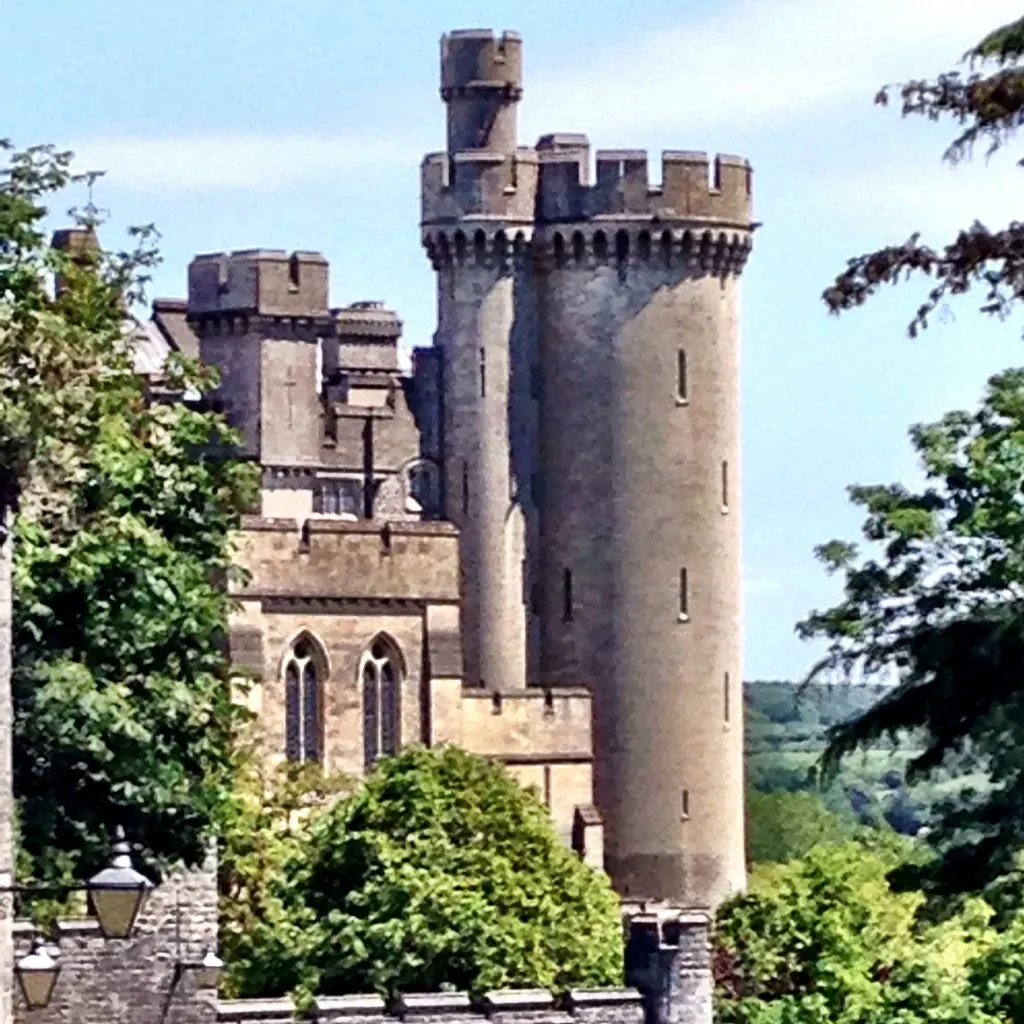
During the 15th through 17th centuries, Arundel was the seat of the powerful Howard family. Howards sailed and prevailed against the Spanish Armada with Sir Francis Drake, offered up their nieces Catherine and Anne Boleyn to Henry VIII in marriage, and one was even beheaded for plotting to wed Mary Queen of Scots. We were amazed to see the written order of Queen Elizabeth I saving said Howard from disembowelment in favor of more humane treatment – “off with his head!” – rather casually framed and displayed in the Duke’s library. Throughout all this drama, the family successfully kept their Catholic faith intact.
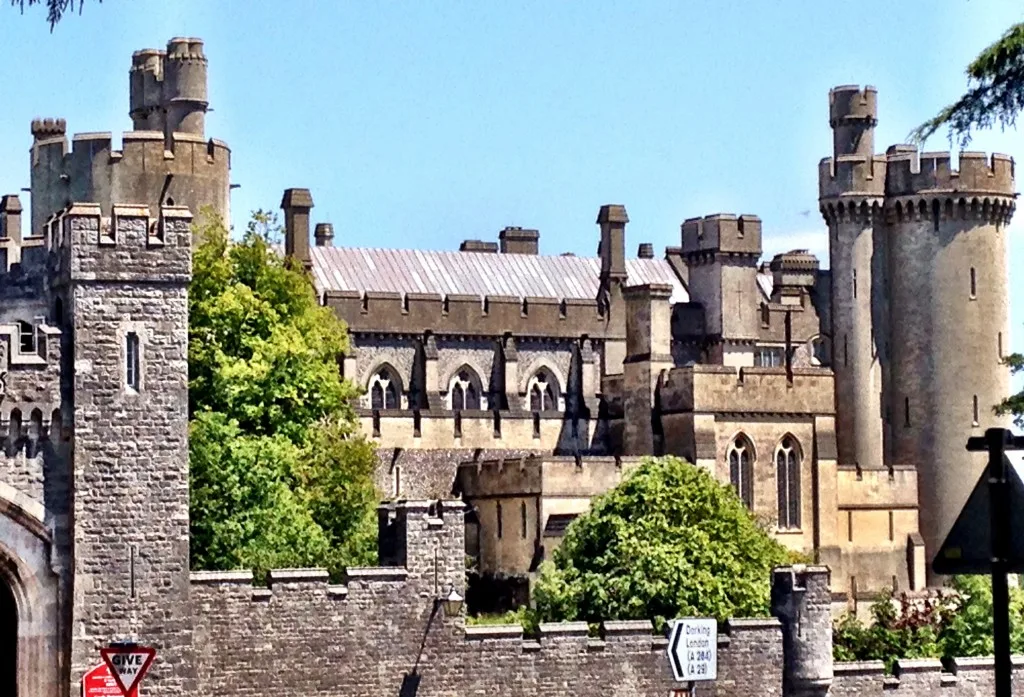
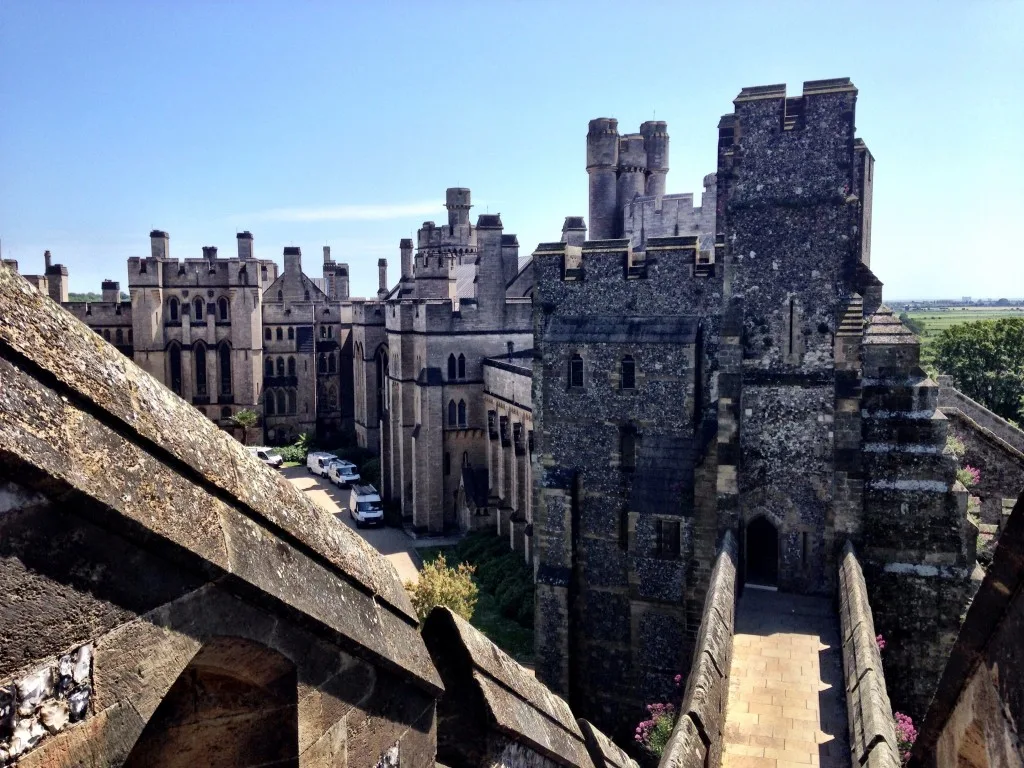

It seemed to me that Arundel was even more hustle and bustle than Storrington, although it was hard to judge its size due to the number of visitors for the castle. Some called it a village, but most called it a town. What makes a village a village, and a town a town, I wondered? Well, there’s kind of a definition, but it’s confusing:
In the past, a place was usually a town, not a village, when it had a regular market or fair (a market, but not so often). There are some English villages (for example Kidlington, Oxfordshire) larger than some small towns (e.g. Middleham, North Yorkshire)
Britain Express
Got that? 🙂 So part of West Sussex village life is going to town to get stuff that you can’t get in your village.
Horsham – a West Sussex Market Town
The closest market town to Ashington is Horsham. Located up the former drover’s road now highway, it’s a quick trip by car or bus.
One of the most interesting buildings in Horsham is the former Town Hall. What is a Norman-like mini-castle doing in a West Sussex market town? This used to be the town Market House. The lower portion with arches was an open arcade where vendor stalls would be set up on market day. The upper floor was used for civic purposes. When court was in session the lower arcade would be boarded up.
By 1808, Horsham had let the building fall into disrepair and the court justices wanted it demolished. They waited four years for something to happen, and finally they threatened to leave town for Lewes, which had a nice new building. That made Horsham take notice. Enter the Duke of Norfolk (yep, the guy with the big castle at Arundel). He had bought Horsham, lock stock and barrel, for £91,000.
Believing that the “Saxon” castle-like style with turrets symbolized English Liberty because it was contemporary with the Magna Carta, the Duke of Norfolk decided to spend another £8,000 for a new Town Hall. During a subsequent remodel in 1888, the Duke’s castle-like facade was kept.
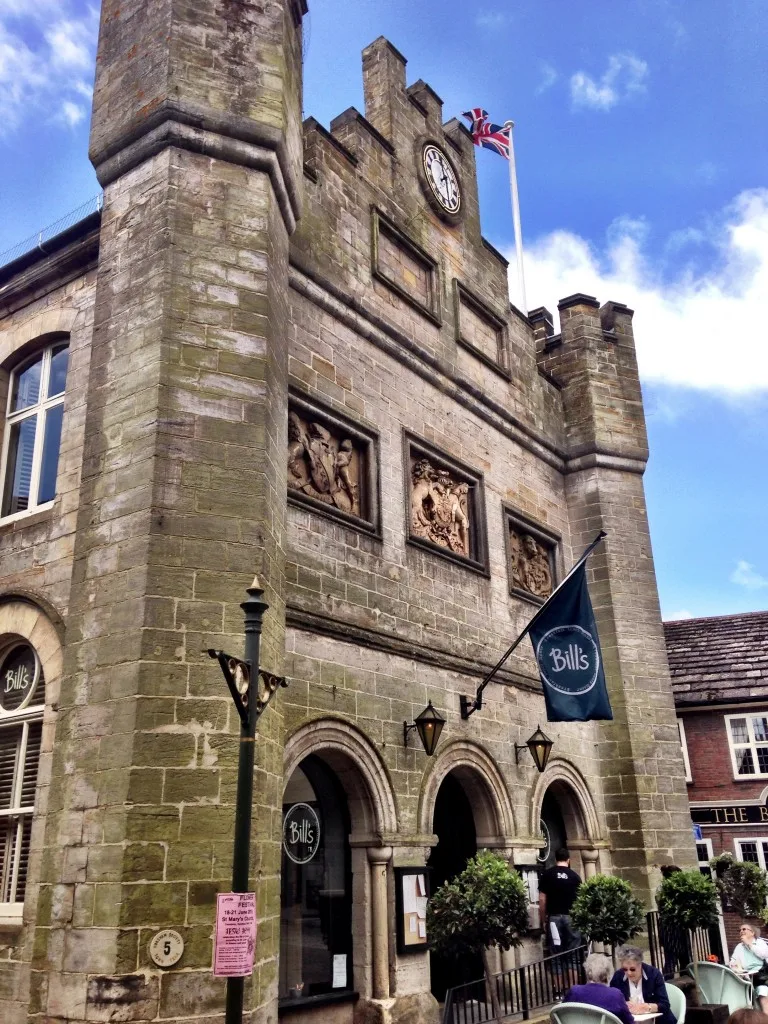
Sometimes you’ll be standing there looking at a building and someone will come up to you and start talking about a murderer from 70 years ago, like what happened to us in this video:
When you exit Horsham’s museum behind the Old Town Hall you’ll be on one of the prettiest streets in West Sussex, called The Causeway.
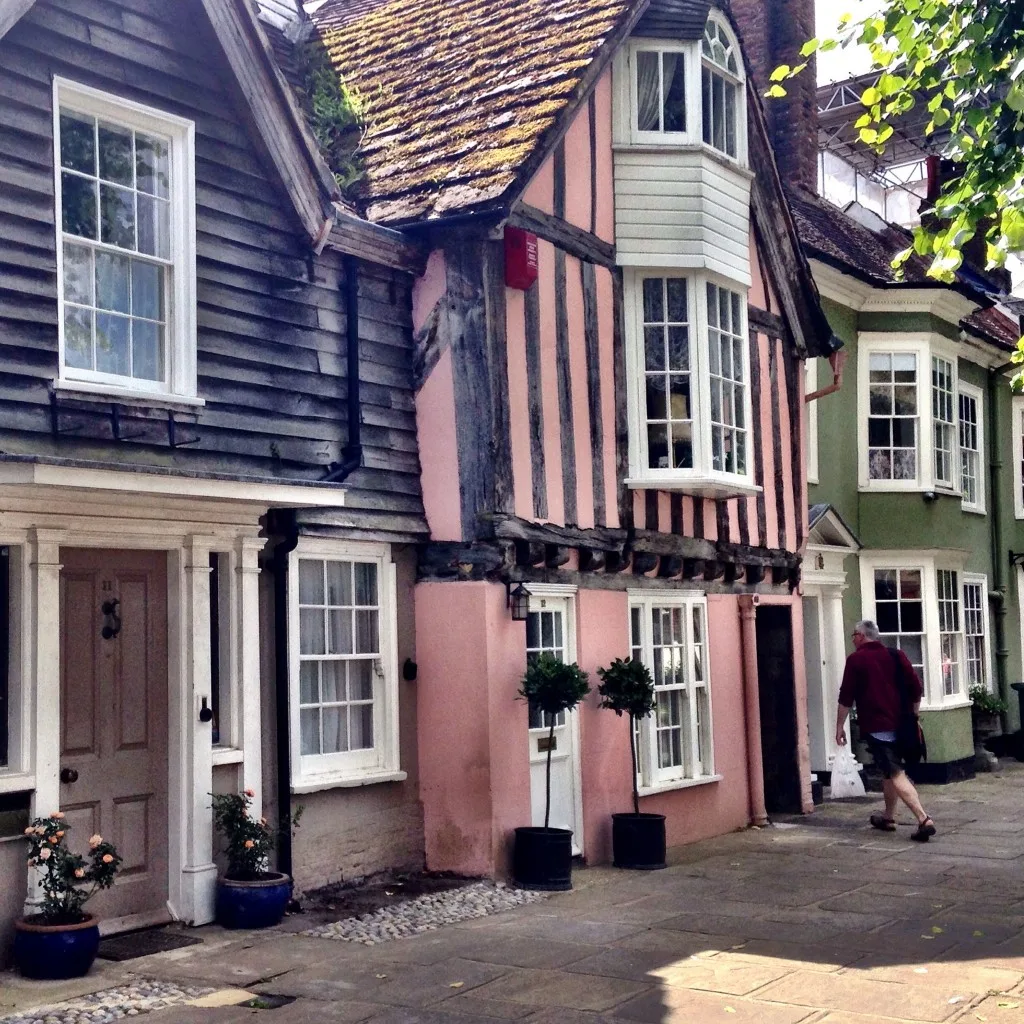
The Causeway leads you to St. Mary’s Church, which is the oldest building in Horsham. Founded in the mid-13th century on the site of a Norman church, St. Mary’s houses the effigy of Thomas, Lord de Braose, dressed in armor befitting his status as a contemporary of King Richard II. Thomas is a descendant of William de Braose, who came to England with William the Conqueror, and was given the lands around Chanctonbury Ring.
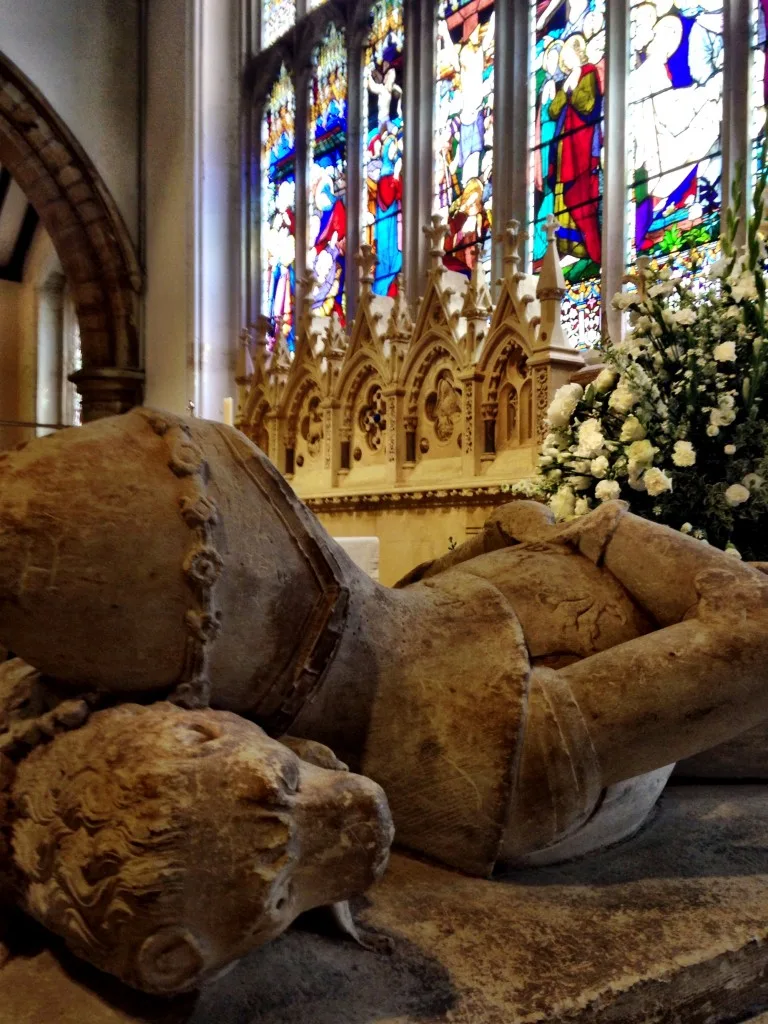
What makes a Duke a Duke, or a Squire a Squire, or a Lord a Lord, I wondered? Archie the Labrador’s human siblings had gone to school with one of the Duke of Norfolk’s sons. They related that for a Lord, the kid wasn’t all bad.
Wikipedia tells us that a manorial lordship is not a noble title, but rather “a semi-extinct form of landed property.” But a lord could also be called a squire, although originally, a squire was the person who carried a knight’s armor. We still don’t know how everyone gets on, except for the Duke of Norfolk. He, we were told, is next in line for the throne after all the Windsors.
St. Mary’s information tells us Thomas was the last person to live at The Manor of Chesworth in Horsham. Chesworth is where Catherine Howard (the wife of Henry VIII) spent her childhood. Chesworth is also where the Duke of Norfolk who wanted to marry Mary Queen of Scots was arrested for treason. After Elizabeth I beheaded him, she took the house, too. See how everything circles around?
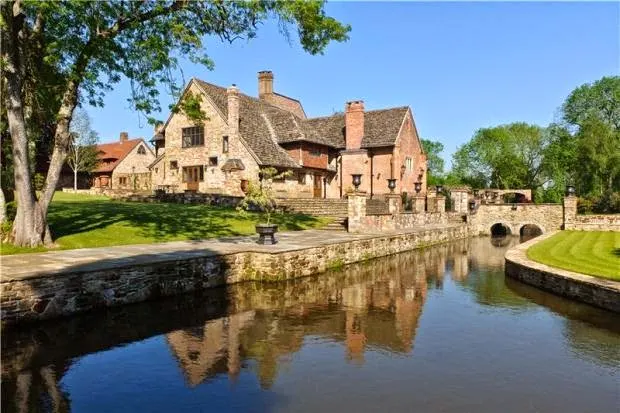
All of this would have likely been very well-known to the average English villager back in the day. Nobles and landed gentry were celebrities whose comings and goings were of great interest to the common folk.
Today, West Sussex village life occurs in and around the vestiges of this history with little regard for the novelty we Americans think it has.

Practicalities, Tips and Information:
While public transportation is available throughout West Sussex, at times it can be a bit of a challenge, particularly if you’re going east-west. North-south routes are well-covered by train and bus. There are multiple routes for bus and coach (there is no discernible difference here, just the type of company and/or frequency of stops, from what we could tell). There are a variety of ticketing options, including family day passes which run about £15.
We’d suggest you consider renting a car to get around more easily, if possible. Free buses run daily to different destinations, designed primarily for shopping and used primarily by seniors. We were pleased to be the youngest passengers on these!
There are wonderful places to stay throughout West Sussex for every budget.
Here are our favorites amon the great pubs we discovered:
The Red Lion in Ashington, London Road, RH20 3DD. Tel. (+44) 1903 892523. Sophisticated and stylish in a 16th century setting, yet still friendly and welcoming. Full restaurant and fixed price menus, 3-course Sunday roast, cocktail and wine specials. Dog friendly.
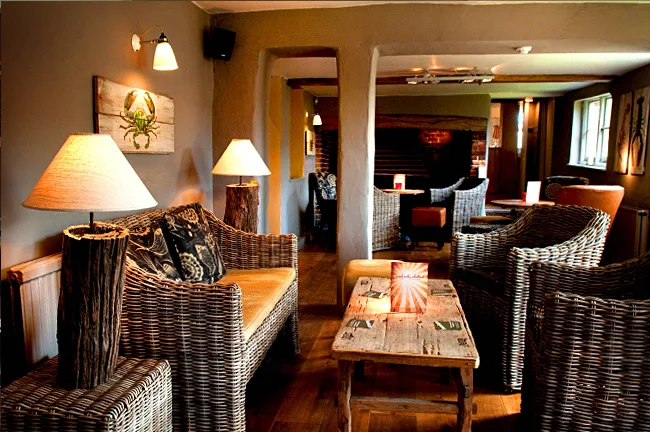
The Crown Inn in Storrington (Cootham), Pulborough Rd, RH20 4JN. Tel. (+44) 1903 742625. Countryside setting, multiple rooms. Several hundred years old with the requisite ghost of a little girl who hides beneath the cellar trap door located behind the bar. Darts, pool, cribbage and golf.
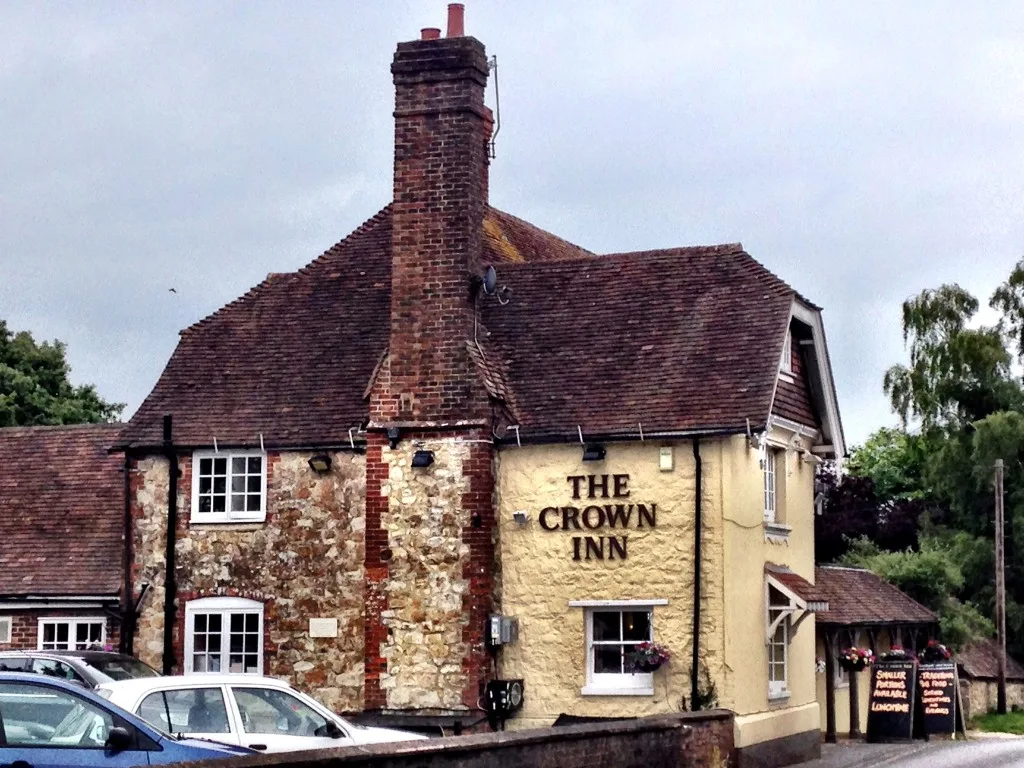
The Moon in Storrington, 13 High St, RH20 4DR. Tel. (+44) 1903 744773. Gastro pub in traditional building with contemporary elements. They’re very particular about their burgers here – obtained in a particular cut from a particular butcher, and it was one of the best we’ve had in a long time. Sunday carvery and take-away pizza round out the offerings.
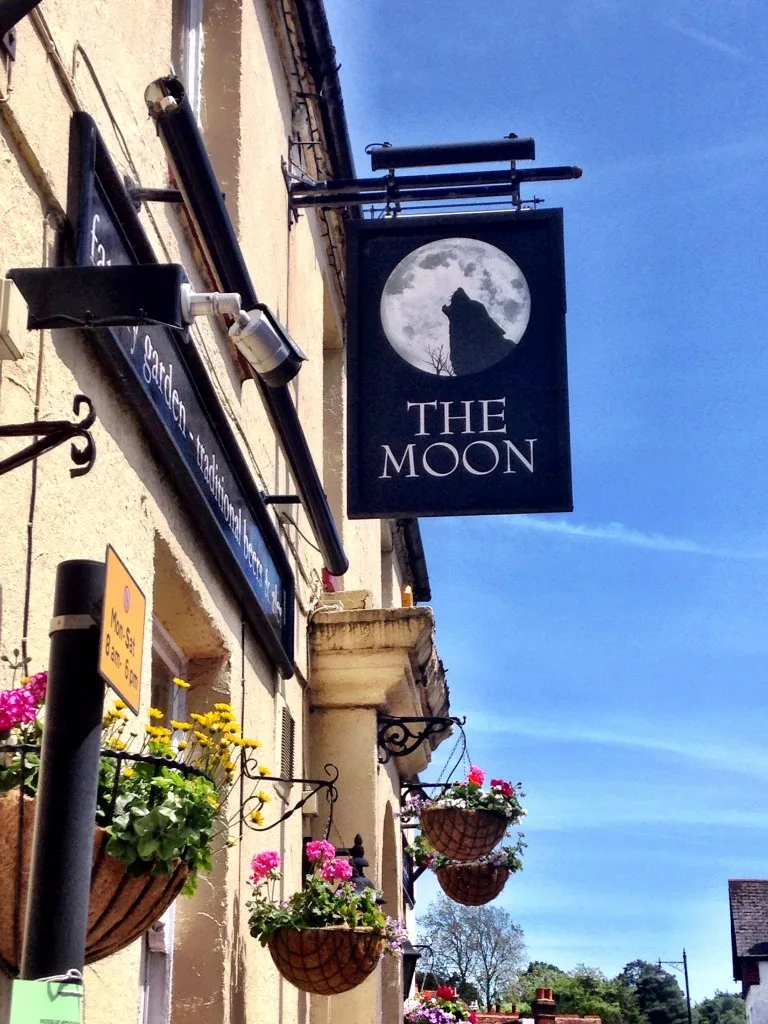

The Bear in Horsham, 17 Market Square, RH12 1EU. Tel. (+44) 1403 260700. Traditional pub which used to be twice its size until a former bar owner lost half in a card game, or so they said. Friendly local atmosphere and sweet little courtyard garden seating. Hearty pub food, ales and a large stash of prosecco to guard against the shortage.
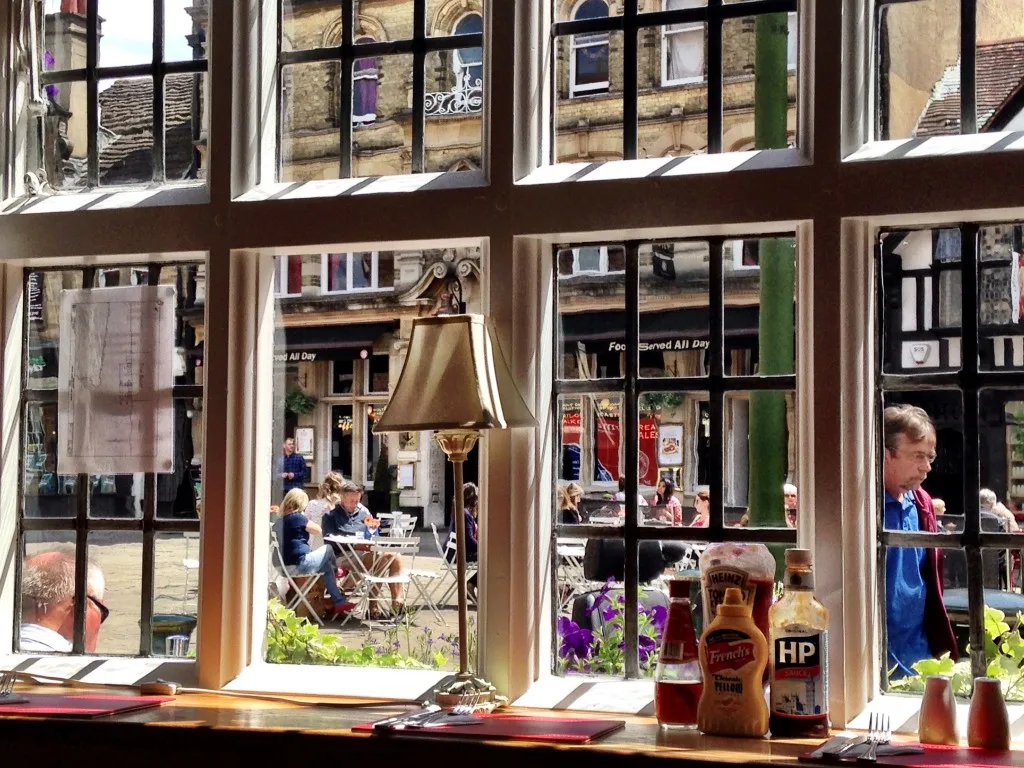
St. Mary’s Gate Inn in Arundel, London Road, BN18 9BA. Tel. (+44) 1903 883145. Classic pub in 16th century former farm building adjacent to St. Mary’s Cathedral. Open log fires, two rooms to let which housed Oliver Cromwell and his guards in the mid-1600s. Requisite ghost story of a guardsman haunting the premises. Dog friendly.
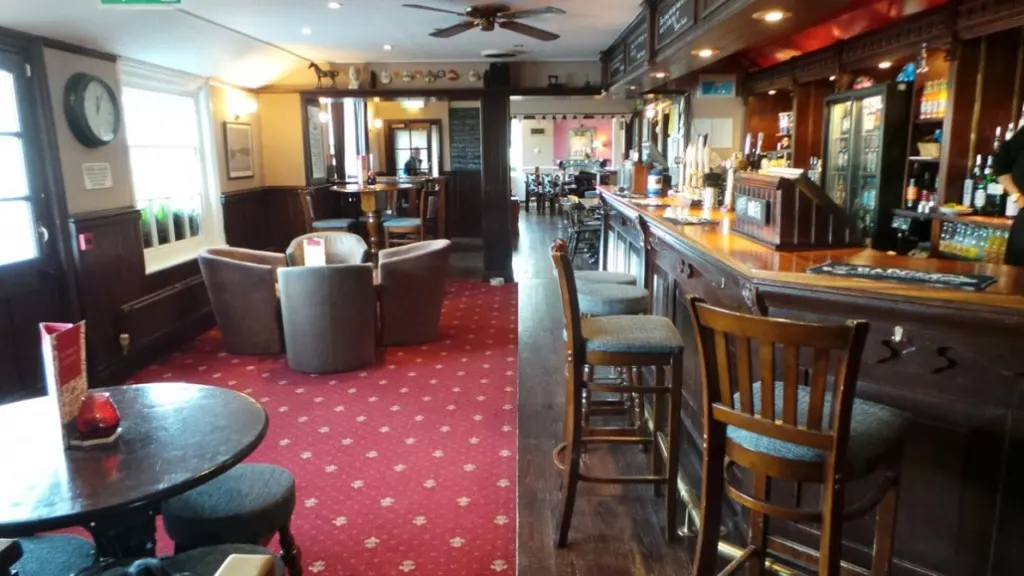
Pinnable Image:

Tips for Trip Success
Book Your Flight
Find an inexpensive flight by using Kayak, a favorite of ours because it regularly returns less expensive flight options from a variety of airlines.
Book Your Hotel or Special Accommodation
We are big fans of Booking.com. We like their review system and photos. If we want to see more reviews and additional booking options, we go to Expedia.
You Need Travel Insurance!
Good travel insurance means having total peace of mind. Travel insurance protects you when your medical insurance often will not and better than what you get from your credit card. It will provide comprehensive coverage should you need medical treatment or return to the United States, compensation for trip interruption, baggage loss, and other situations.Find the Perfect Insurance Plan for Your Trip
PassingThru is a participant in the Amazon Services LLC Associates Program. As an Amazon Associate I earn from qualifying purchases.
To view PassingThru’s privacy policy, click here.

Suzanne - Travelbunny
Sunday 4th of October 2015
I know it well - I grew up there and lived most of my adult life in Shoreham-by-Sea just half an hour away. Lovely write up and photos.
Betsy Wuebker
Thursday 8th of October 2015
Hi Suzanne - Lucky you! Such a charming region. Glad our effort meets with your approval. :)
alison abbott
Monday 3rd of August 2015
What a charming tour you've given us Betsy. It seems like your house sits keep getting better and better. Do you have a secret for choosing the destinations? Archie and Digger are the icing on the cake!
Betsy Wuebker
Friday 14th of August 2015
Hi Alison - We're "just" a year into the housesitting thing, and so far, we've tried to arrange them regionally. It all began with our first sit in Fiji, which was close to Hawaii. We're returning to that sit again next week. So there's no real secret, except for logistics. :)
Sue Reddel
Friday 31st of July 2015
What a wonderful village! You've certainly captured the feel and charm. I'd like to grab a good book and snuggle up with Archie. I've never been to the English countryside but I will on our next visit.
Betsy Wuebker
Sunday 2nd of August 2015
Hi Sue - You'll love it! And yes, Archie was my shadow no matter where I went. I loved it.
Susan Moore
Friday 31st of July 2015
I love the architecture in West Sussex, and Archie looks like a sweet dog - lucky you to have such a darling companion while exploring village life.
Betsy Wuebker
Sunday 2nd of August 2015
Hi Susan - Yes, Archie and Digger were the perfect pair. We'd go back in an instant, even though it sounds like a new puppy is coming!
Sand In My Suitcase
Thursday 30th of July 2015
Your house-sit in West Sussex sounds like a delightful experience! We used to be "parents" of an energetic Beagle/terrier cross. Sadly, he's no longer with us, and it's impractical to own another dog with our travel schedule. To fill that hole, we've sometimes looked after a friend's pet when we've been home. Archie looks like he would make a good companion too!
Betsy Wuebker
Sunday 2nd of August 2015
Hi Janice - We love temporarily grandparenting all our pooches. Archie is really a love - we bonded. ;-)